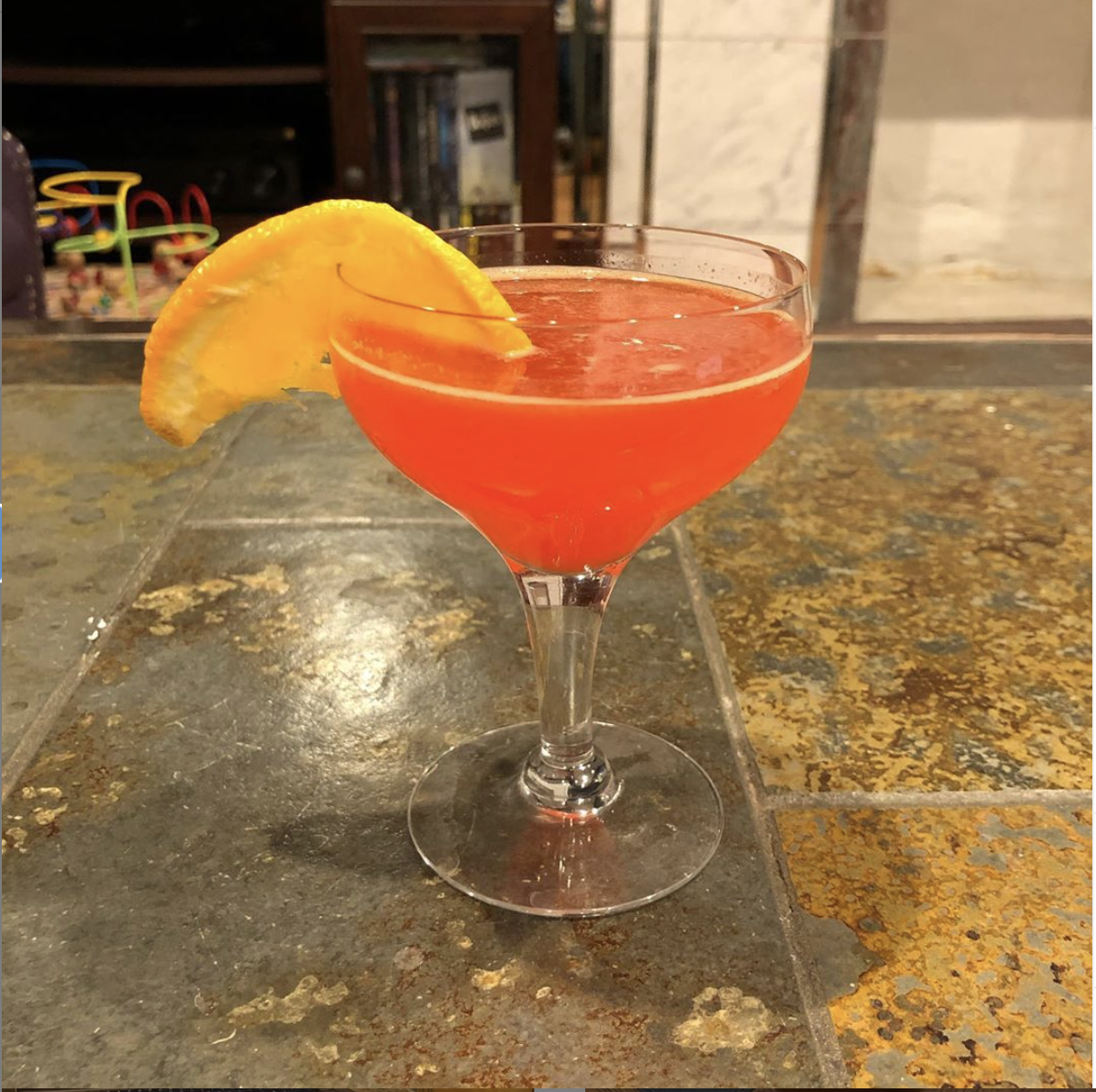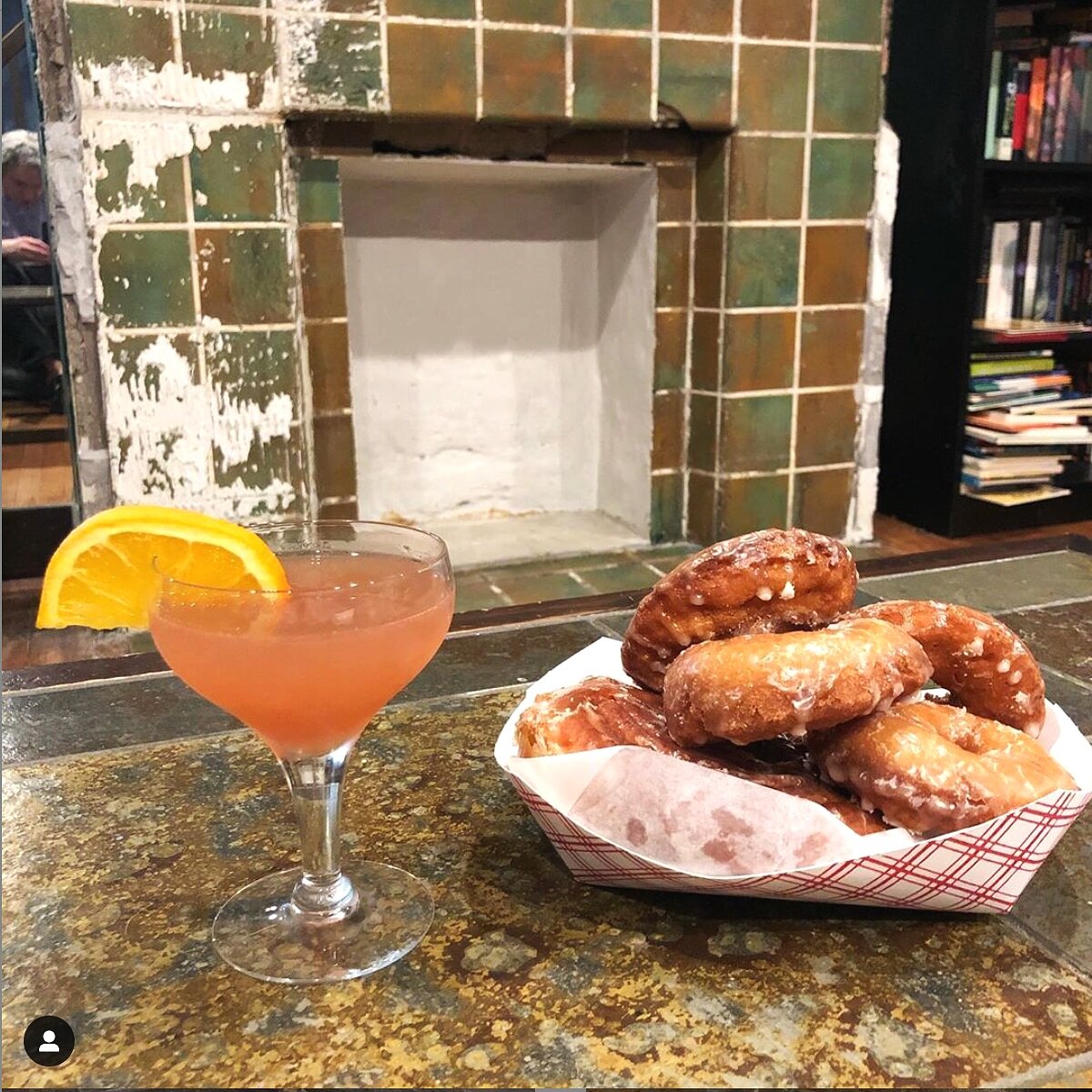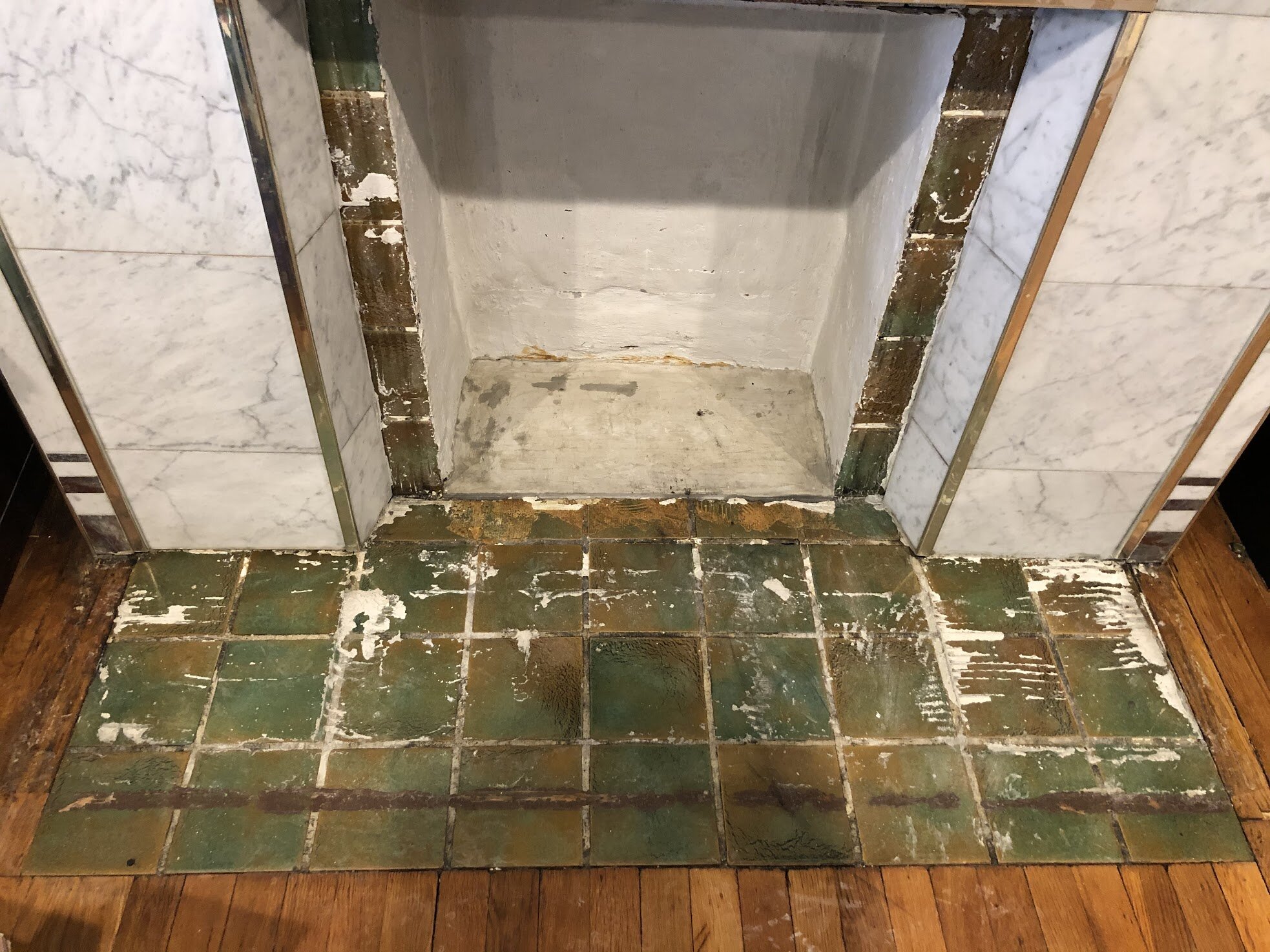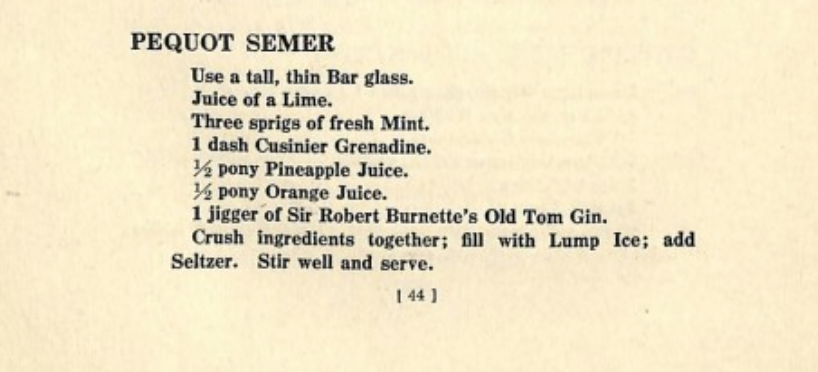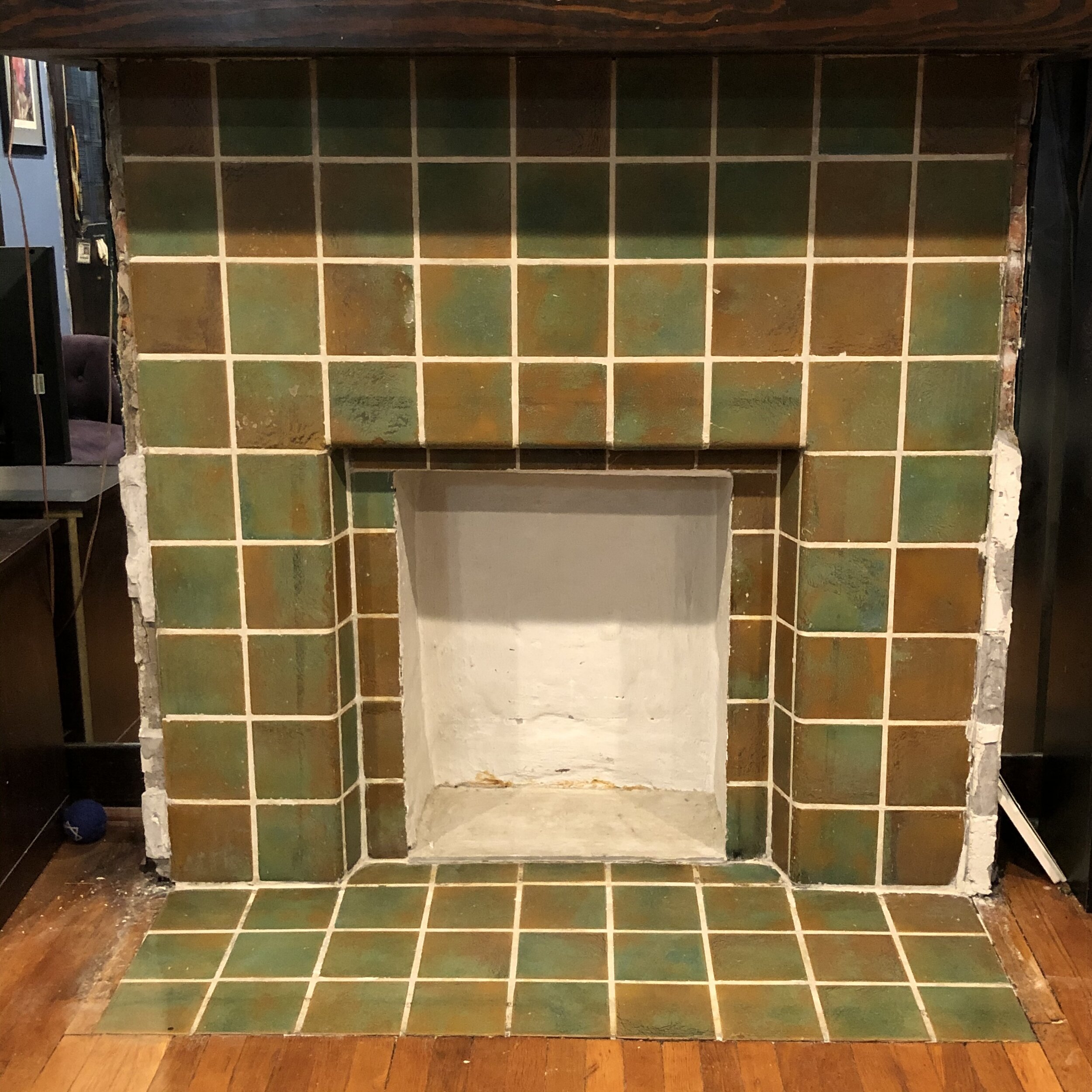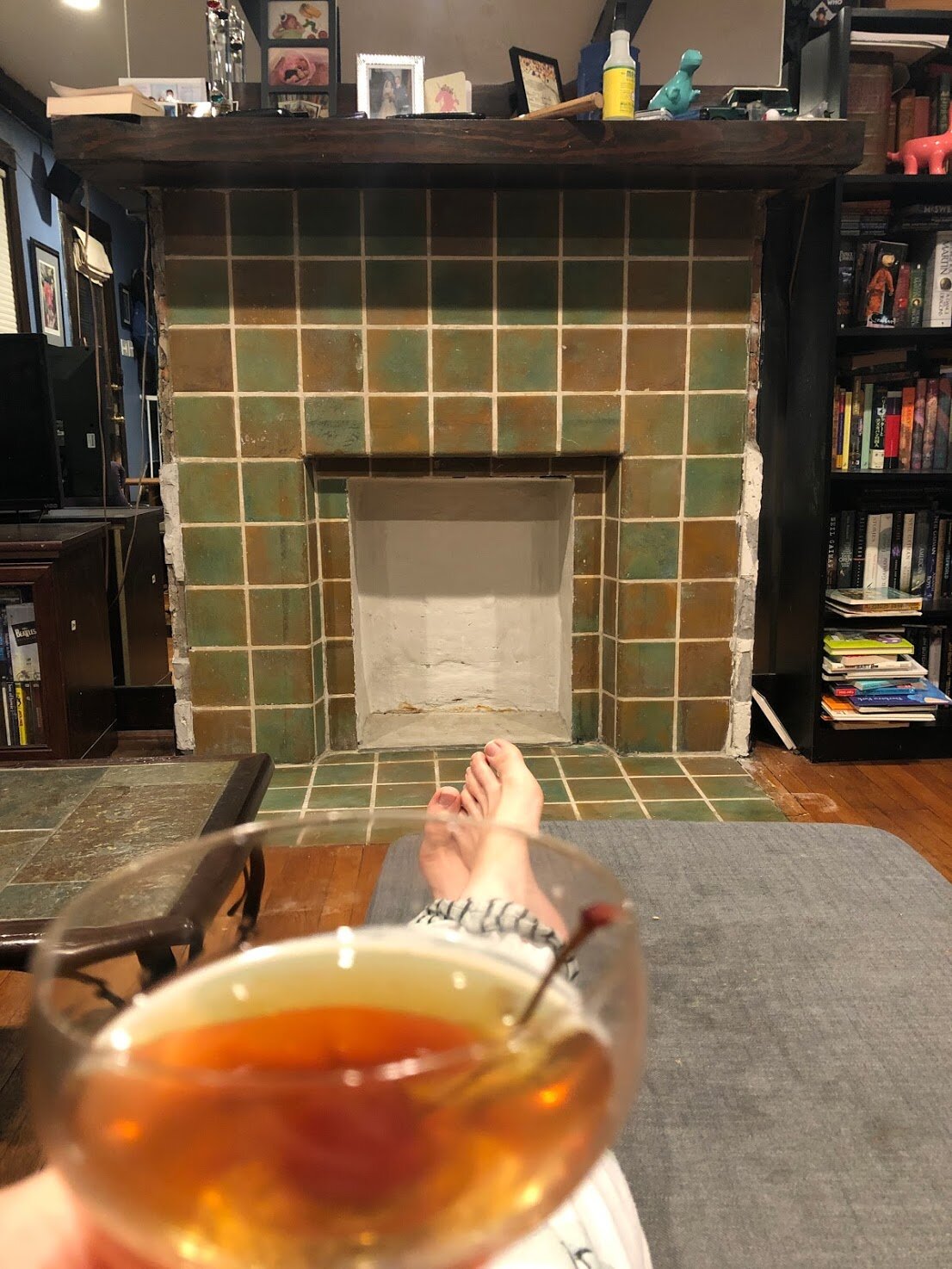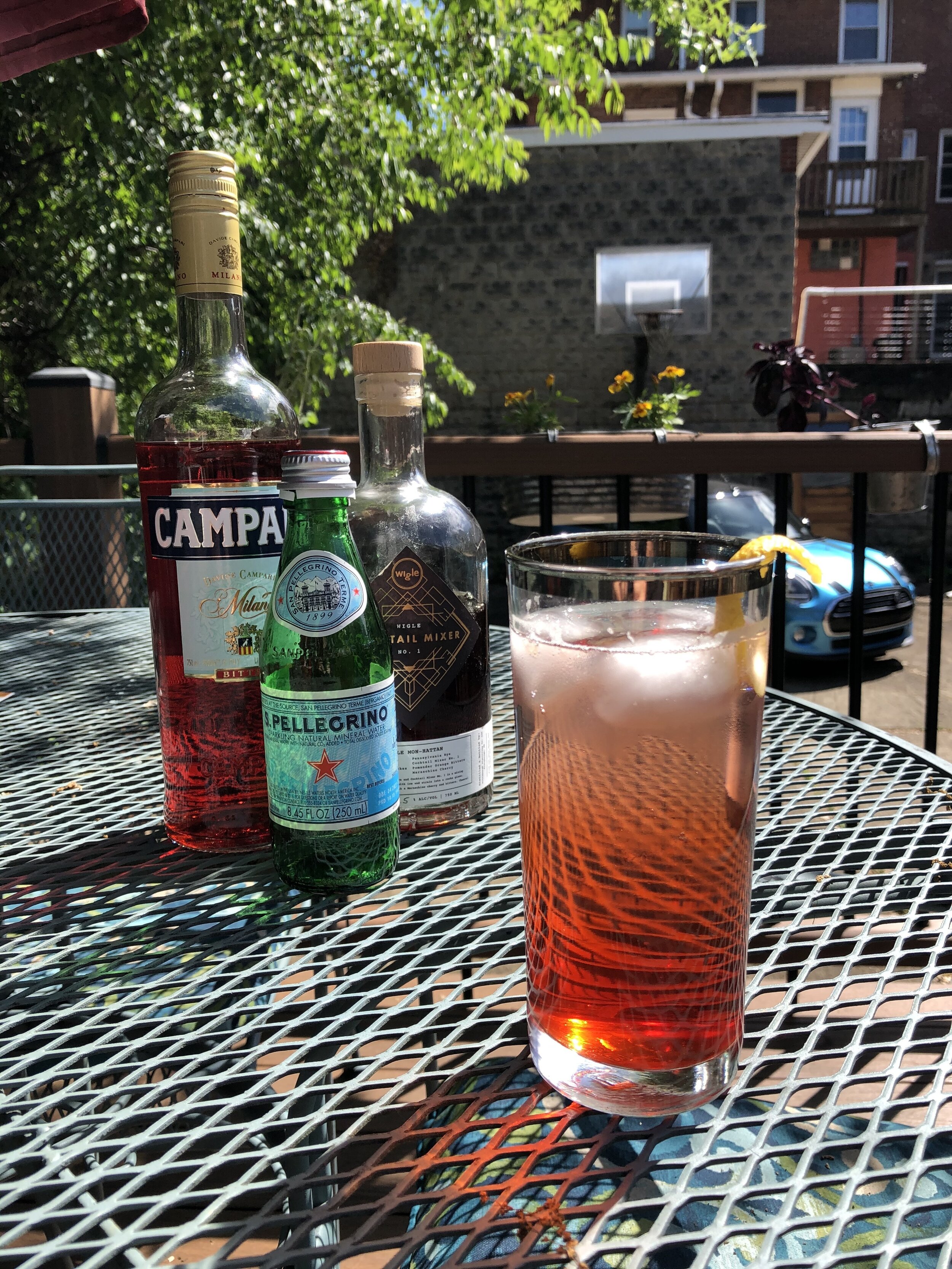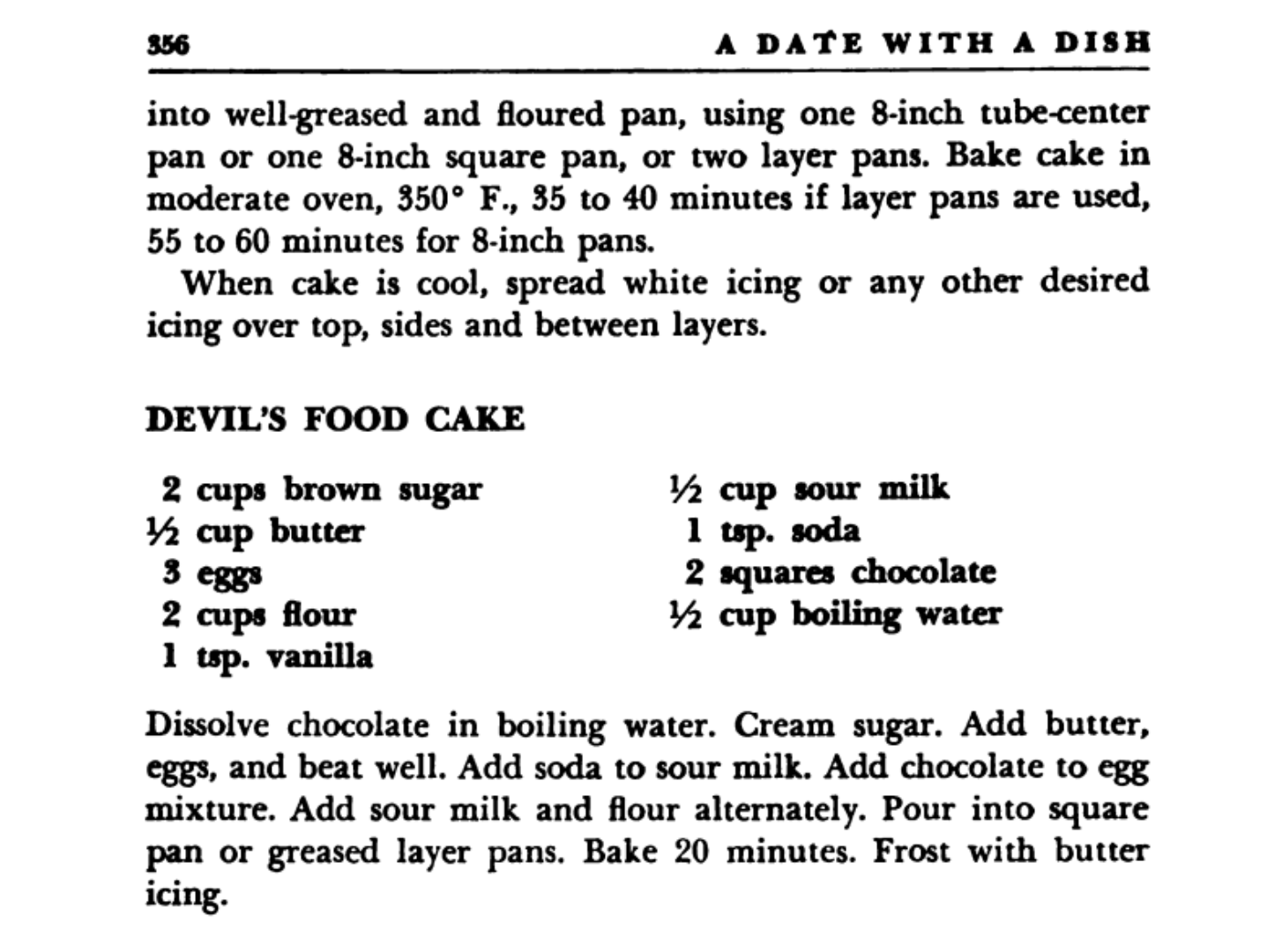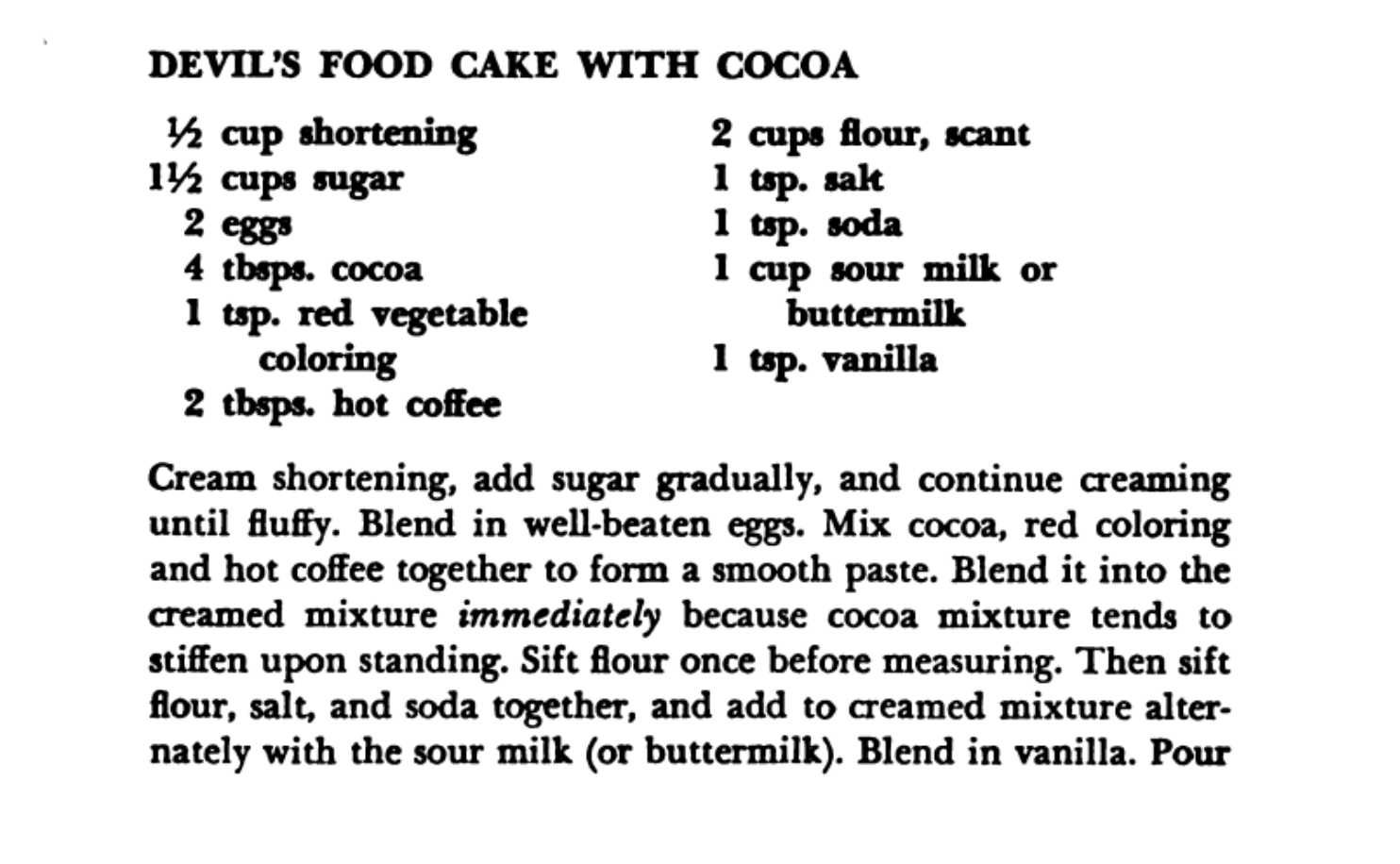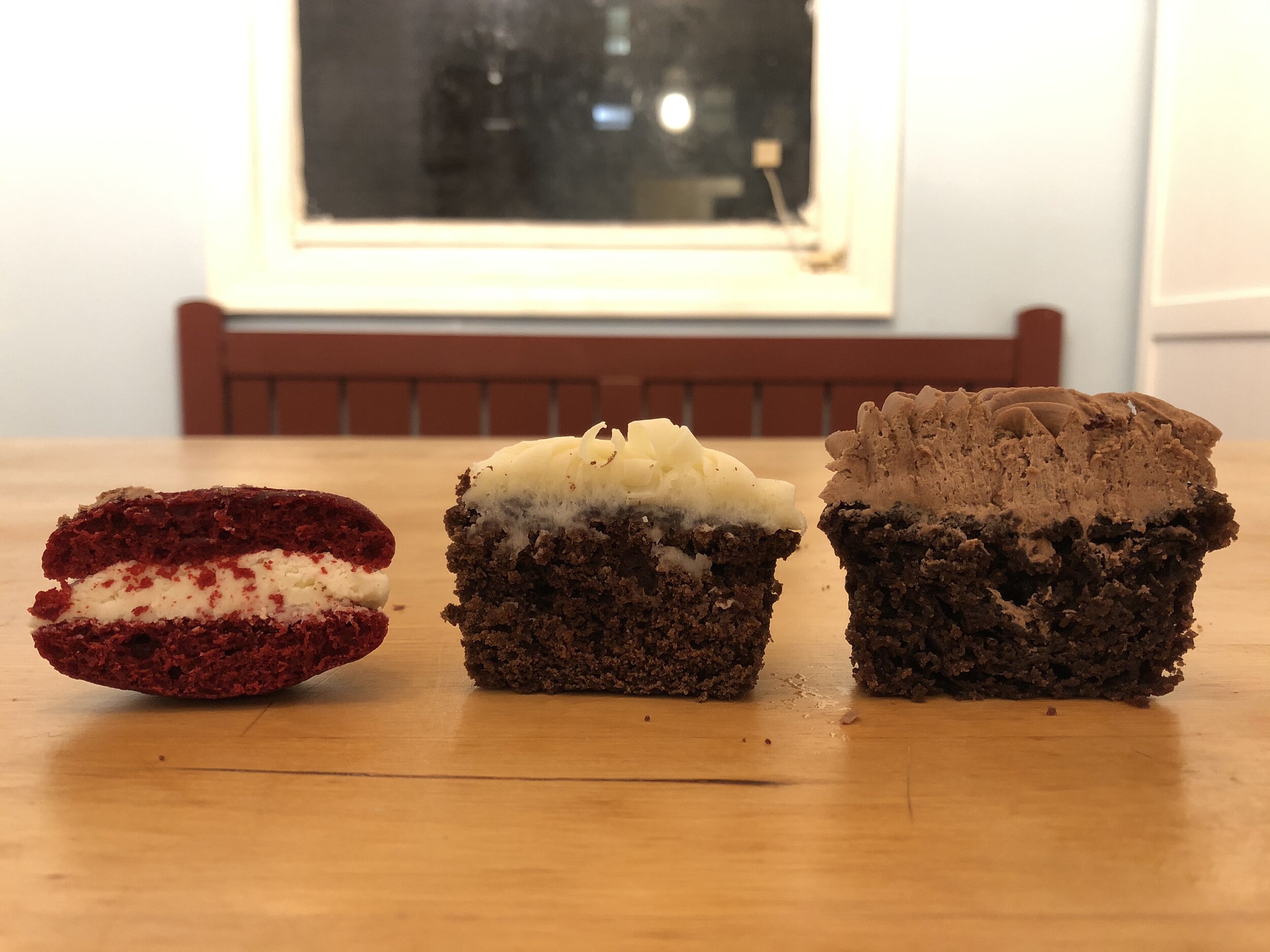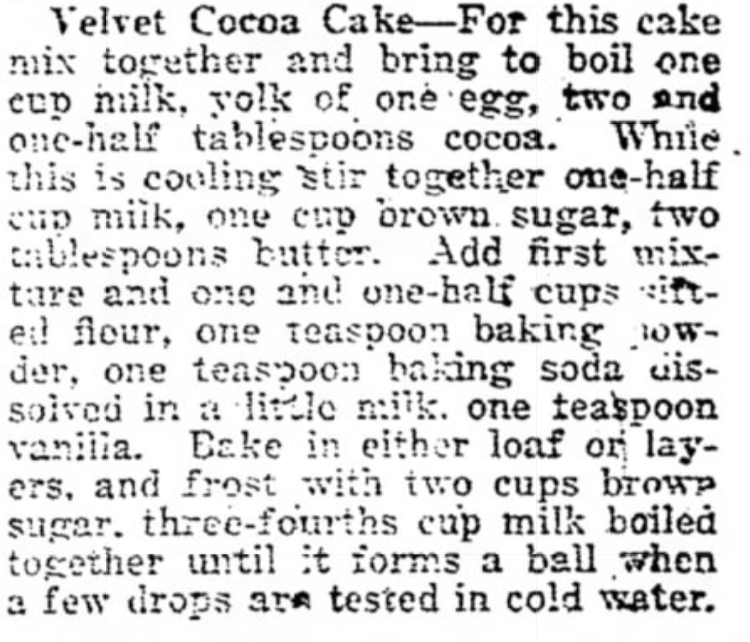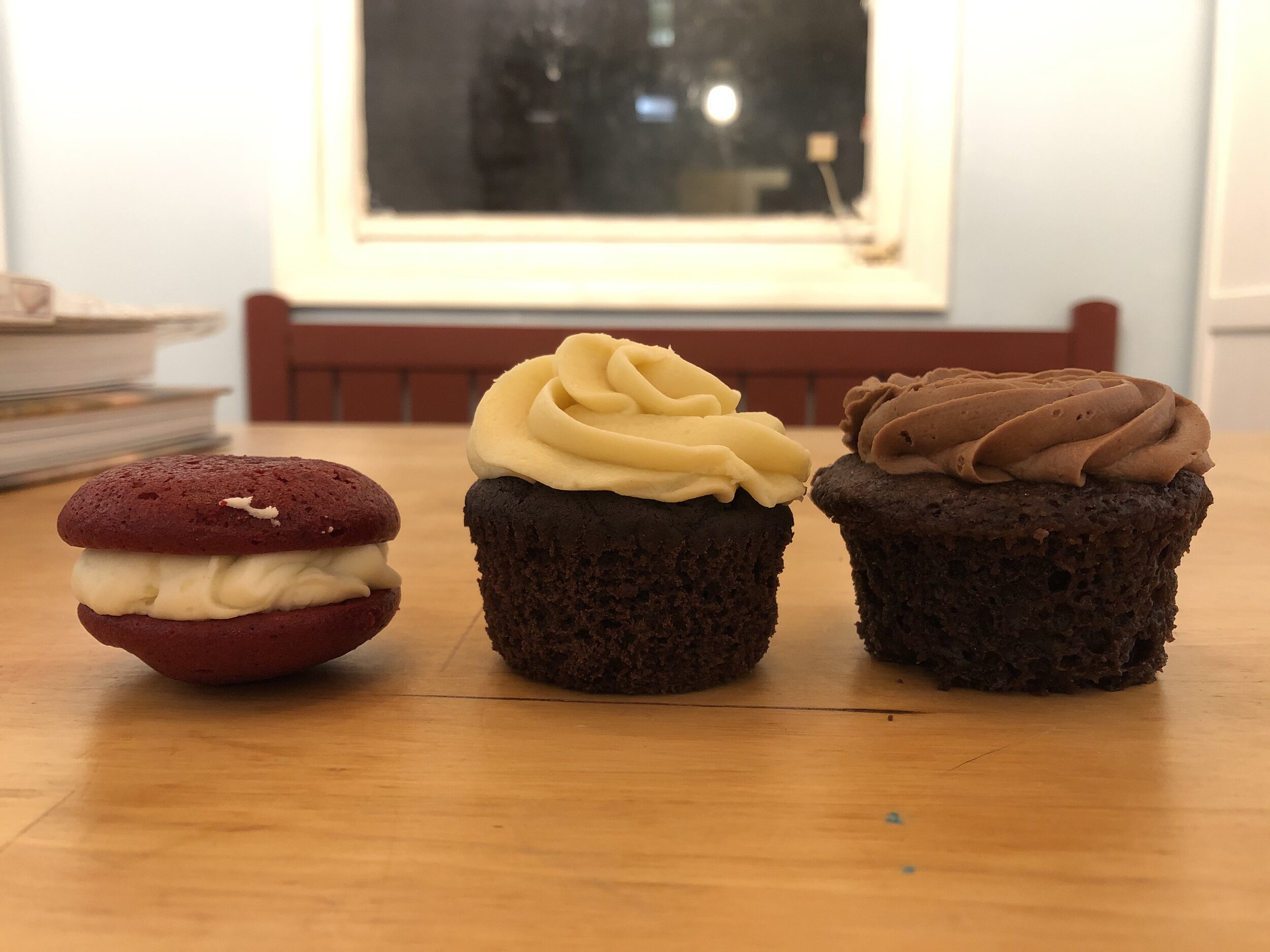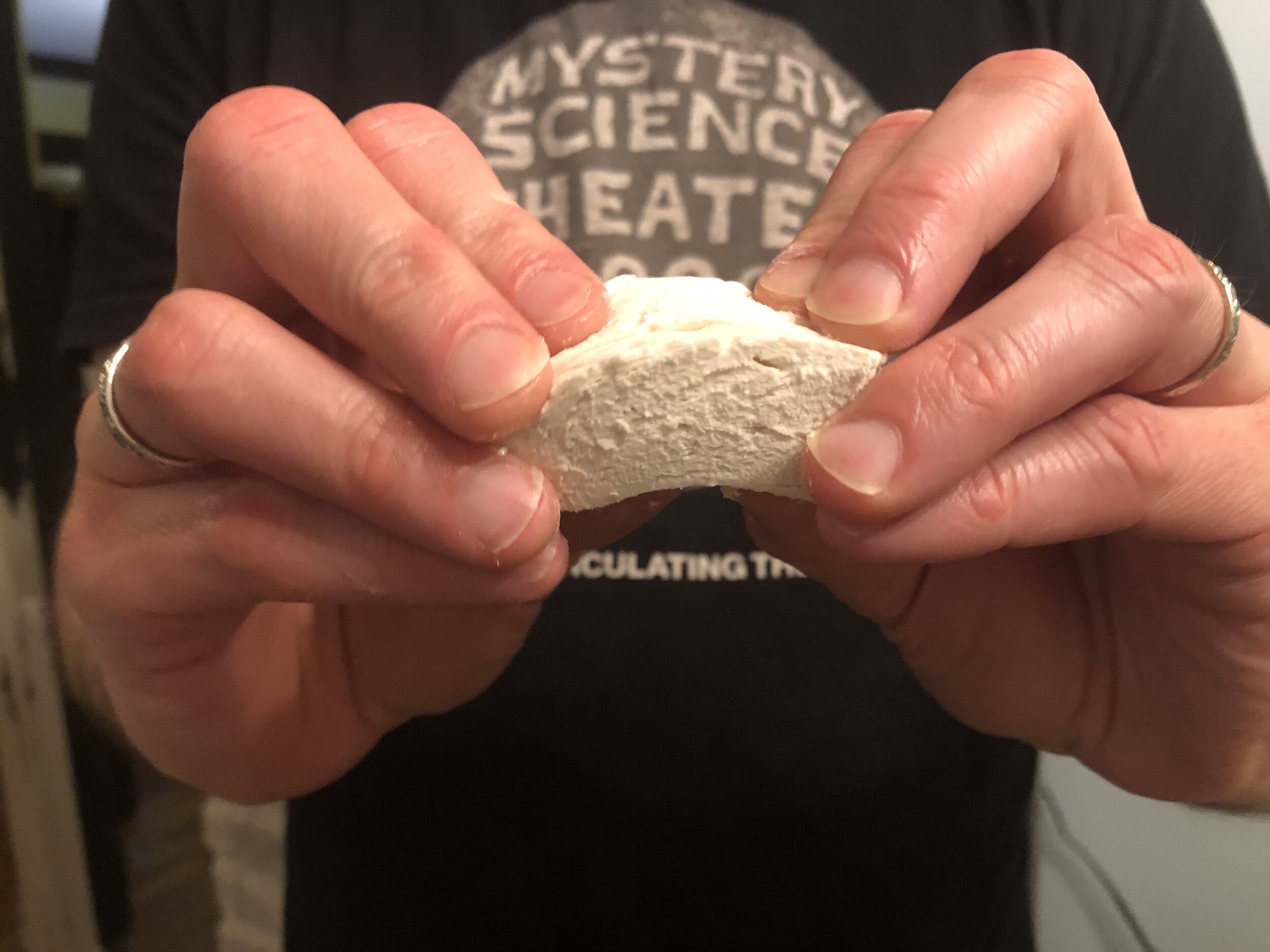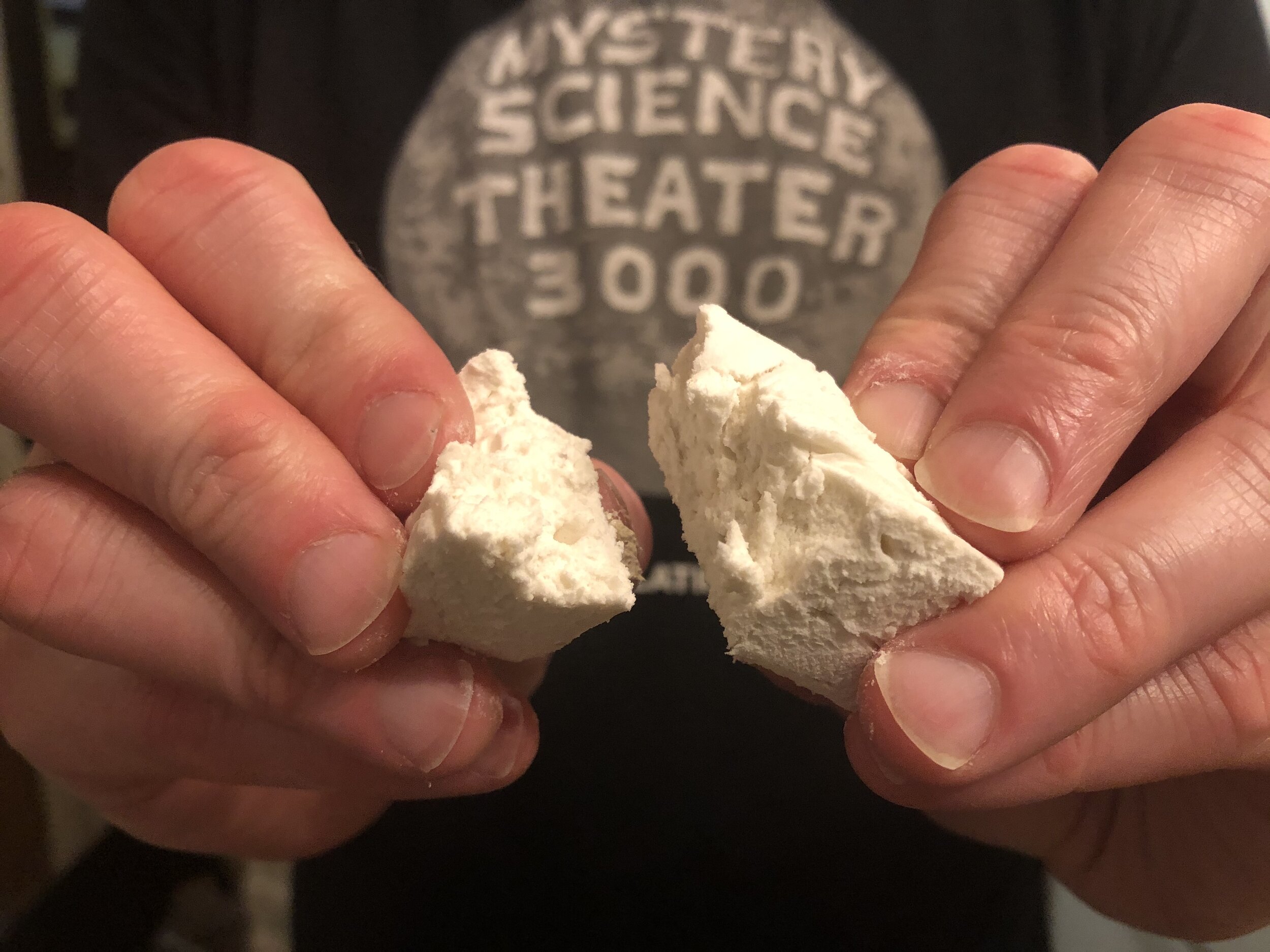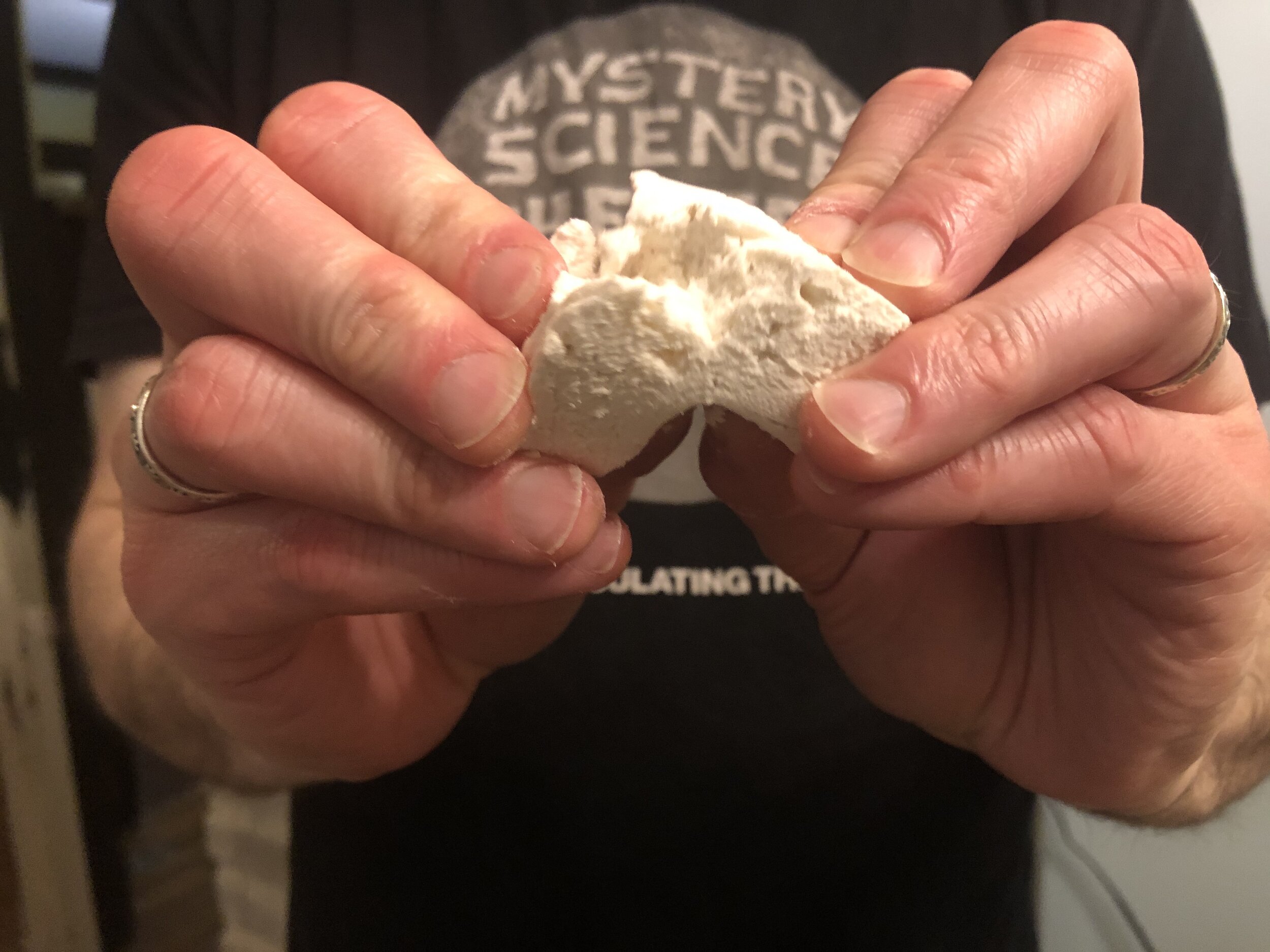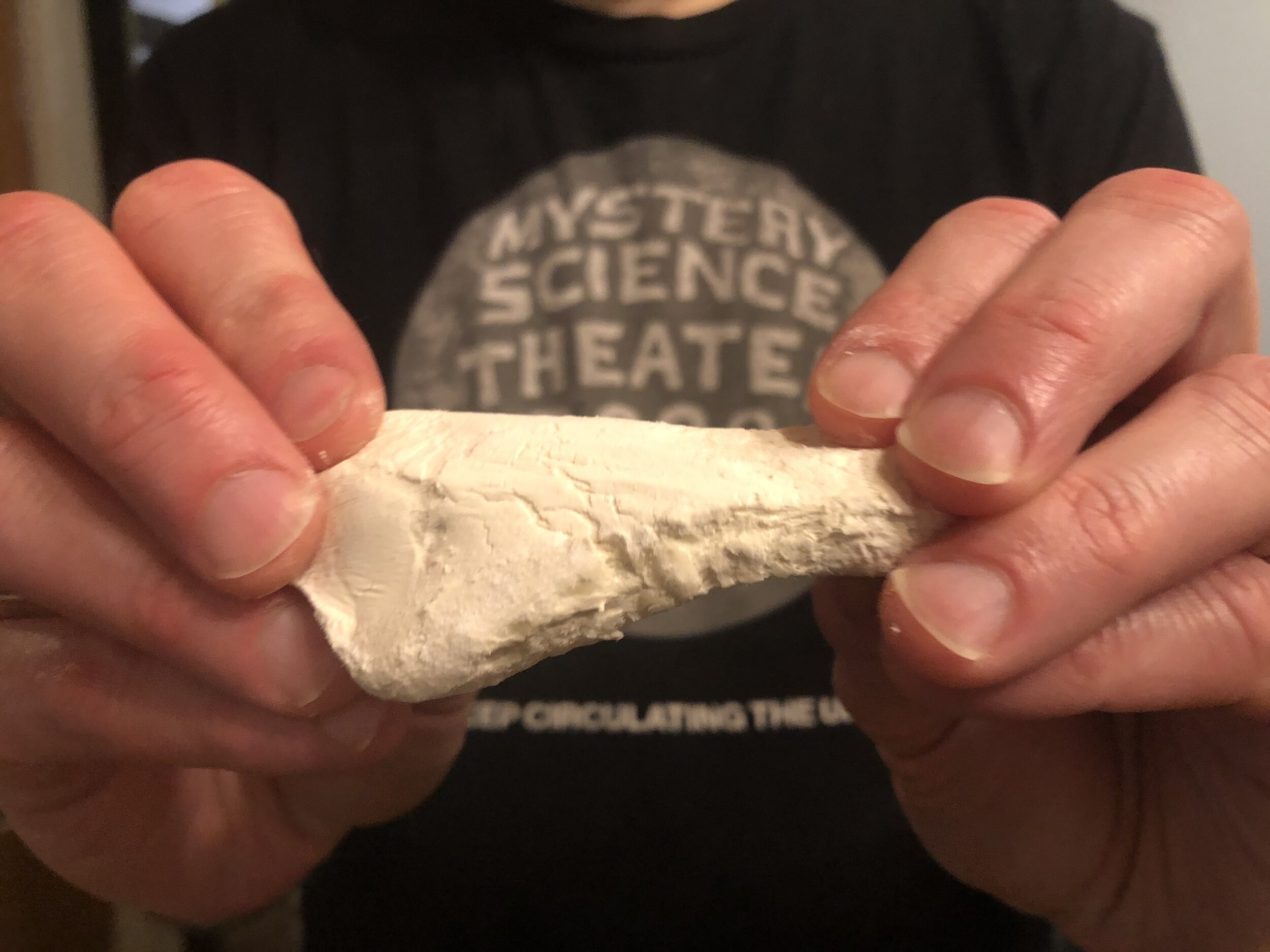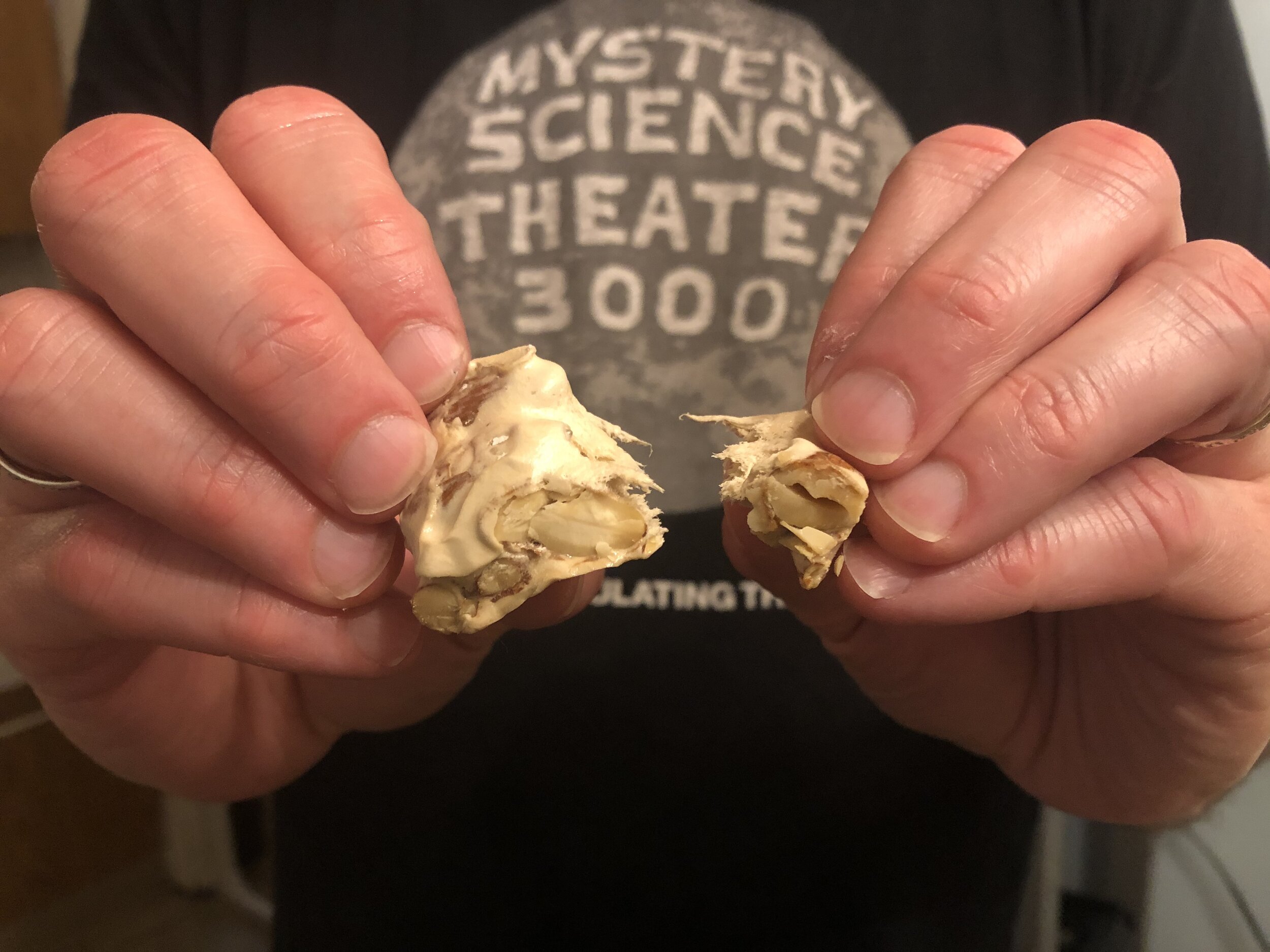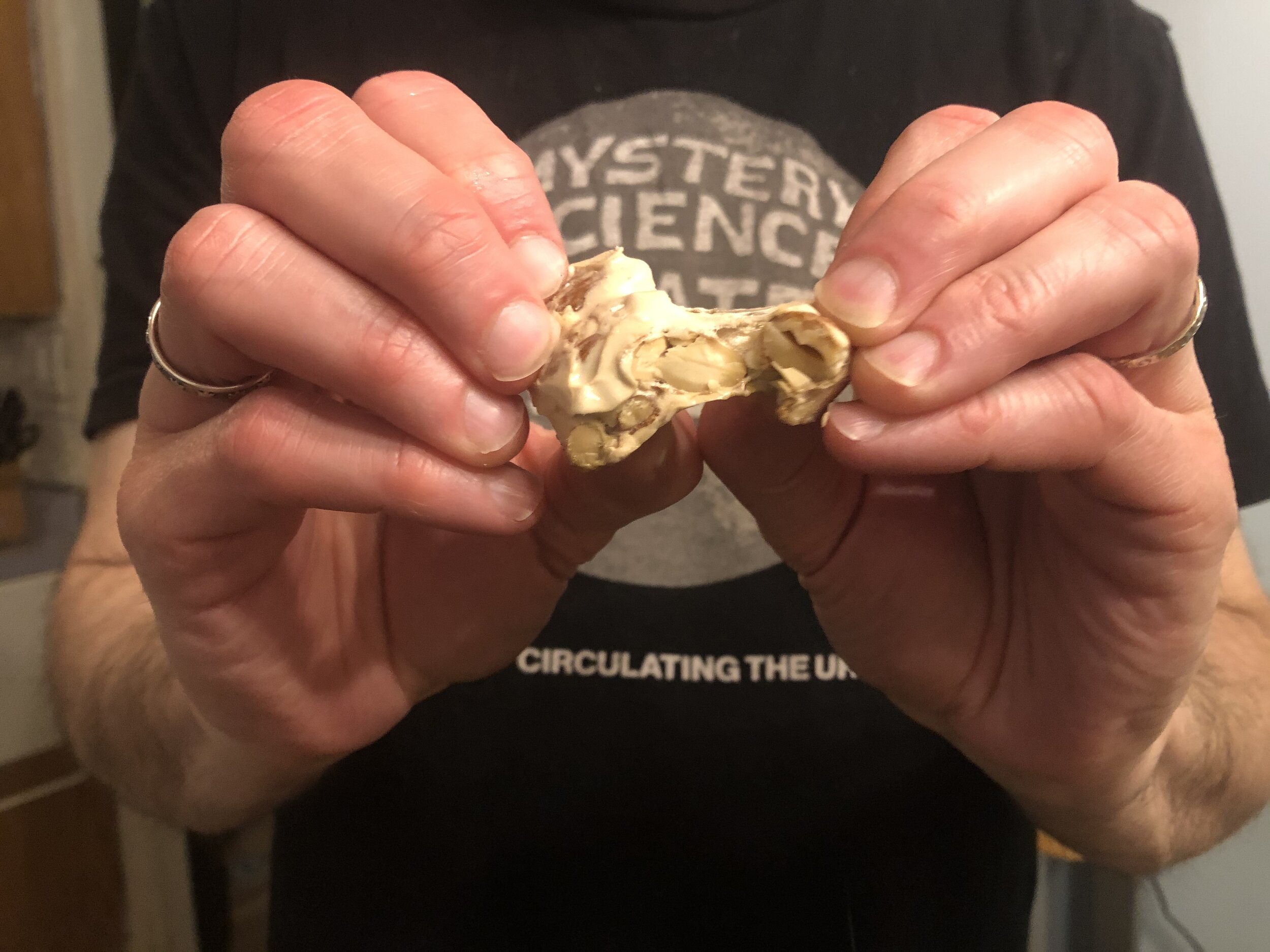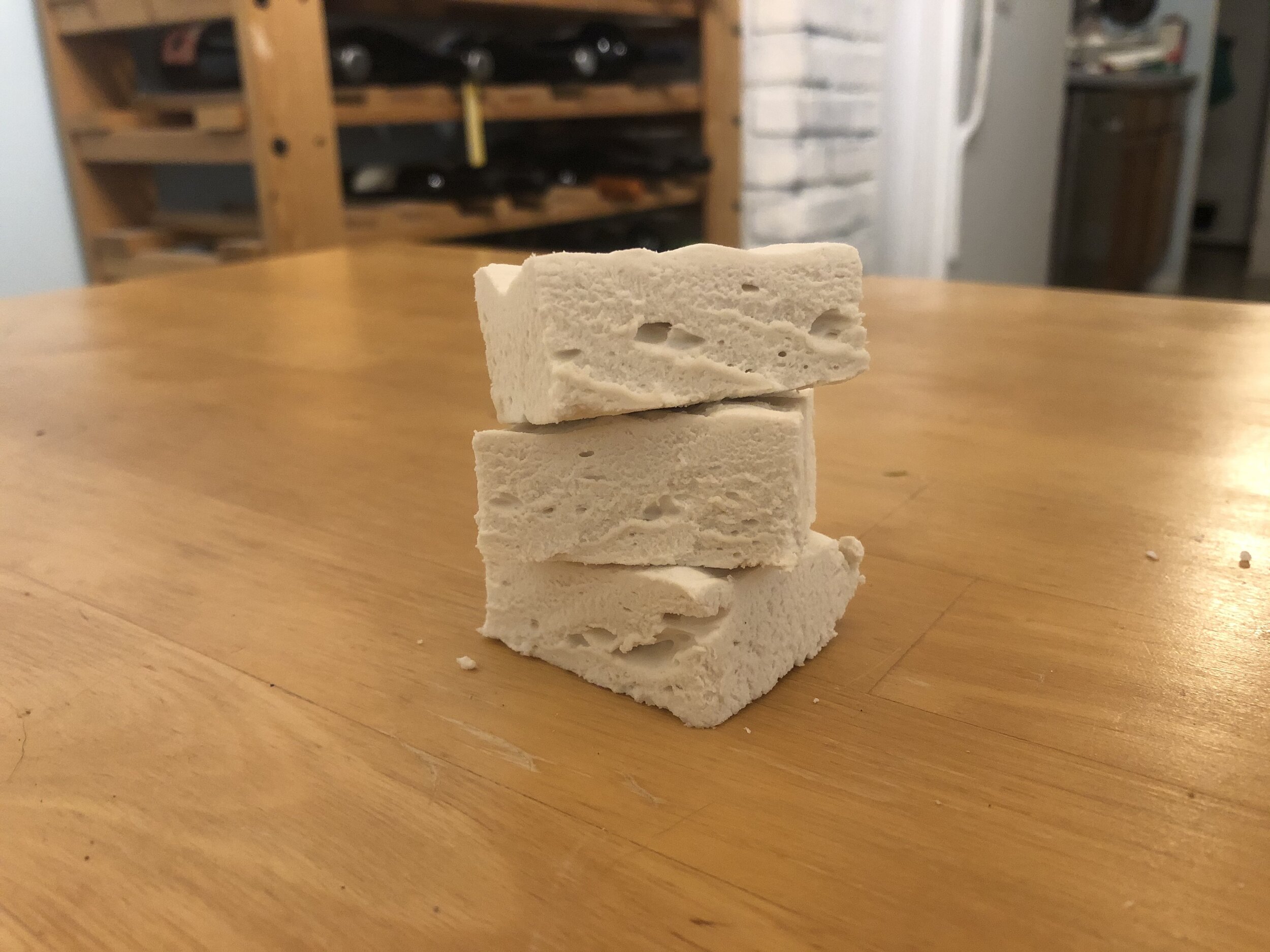Hello! Long time, no see. I’m sorry for the break in-between posts; life happens. Thankfully the children are all at school for the first time in years, which means I finally get to complete my day job in a timely manner and can put my spare time back into the blog.
Since I now get a few precious moments to myself, and the weather is turning colder, I thought this would be a good time to explore the history of a tried-and-true classic, the chocolate chip cookie.
I love a chocolate chip cookie. While writing the first draft of this article there were no less three different bakery boxes on my kitchen counter containing cookies and a few dozen more in my freezer. I spent literally two months taste-testing chocolate chip cookie recipes during the 2020 lockdown to find the family favorite. (Spoilers: it’s Alton Brown’s, followed by Stella Parks for a more sophisticated flavor).
So, without much further ado, let’s bring out the cookies.
The chocolate chip cookie was invented by Ruth Wakefield and her kitchen partner, Sue Brides.
Born in 1903 Wakefield attended Framingham State Normal School and graduated from the Department of Household Arts in 1924. During her time there she experimented with food, notably, with chocolate’s reaction to heat. Wakefield worked as a dietician and lectured on foods before buying a house with her husband in 1930 and turning it into the Toll House Inn. (I think you see where this is going.) The restaurant got its name not because it was an old toll house, but because it was “in the vicinity of the building used to collect tolls from those traveling between Boston and New Bedford.”
Wakefield set to work using her food knowledge for the greater good, and soon the restaurant became incredibly popular. It is said that celebrities such as Bette Davis and Eleanor Roosevelt ate at the restaurant.
In 1938, cookie magic happened. Toll House cookies had become incredibly popular. Legend has it that once when Wakefield was baking cookies, she ran out of nuts, so she substituted chocolate chips, expecting them to melt and create a chocolate cookie. Wakefield has rebuked this, stating that she knew what would happen with the chocolate after her time in college, and that she wanted to create something different than their popular butterscotch cookie. “We had been serving a thin butterscotch nut cookie with ice cream. Everybody seemed to love it, but I was trying to give them something different. So I came up with Toll House cookie.”
This is supported by the fact, that much to my dismay, the original cookie recipe does include nuts. Ick.
Either way, with help from her baker Sue Bridges, they created the “Toll House Chocolate Crunch Cookie” using chopped-up semi-sweet Nestlé bars. The cookie was a smash hit, and with the publication of the 1939 Toll House Tried and True Recipes, which included the chocolate chip cookie recipe, Nestlé chocolate bar sales skyrocketed.
Nestlé took note of this upswing in sales and began creating and marketing bags of pre-chipped chocolate specifically for the cookies. After reaching out to Wakefield, they secured the rights to the recipe and started including it on the back of each bag of semi-sweet chocolate chips. In payment, Wakefield received a lifetime supply of chocolate. I’m pretty sure that Nestlé made out better in this situation.
The Nestlé Toll House Chocolate Chip cookie has become the generic imagery of a cookie in America. cookie monster eats chocolate chip cookies. If you do a simple google search for “cookies” most of the results are of chocolate chip cookies.
There is now doubt that the chocolate cookie has captured the hearts and minds of Americans since its invention, and subagent commodification, less than 100 years ago.
And now, without further ado, the Classic Nestlé Toll House Cookie.
The Recipe:
The original recipe from the Tollhouse cookbook is nearly identical to the modern Toll House cookie recipe. The only difference being a single teaspoon of hot water in the original. This was likely to insure the baking soda disperesead evenly throughout the dough.
However, Sue Bridger's daughter Peg claimed she had the authentic original recipe. This had only two key differences when adjusted for quantity: a slightly lower flour content and the use of shortening instead of butter.
Now, I feel I have to be honest with you all. While my mom swears by these cookies, I find this recipe just ‘meh.’ So while I put this recipe here for you to try, please, go out into the wide world of cookie recipes and find one that suits your tastes. Maybe it is this one, but more than likely I think it will be one of the 100’s of variations on this recipe that has arisen since.
Original Nestlé Toll House Chocolate Chip Cookies (from Toll House Tried and True Recipes)
1 cup butter
¾ cup brown sugar
¾ granulated sugar
2 whole eggs
1 teaspoon soda
1 teaspoon hot water
2 ¼ cup all-purpose flour
1 teaspoon salt
1 cup chopped nuts
2 economy-size semi-sweet chocolate bars (2 7oz bars)
1 teaspoon vanilla.
Cream butter and add sugar and eggs. Dissolve soda in hot water and mix alternately with flour sifted with salt. Lastly, add the nuts and finely chopped chocolate. Flavor with Vanilla and drop by half teaspoons on a greased cookie sheet. Bake 10 to 12 minutes in a moderately hot oven (375).























